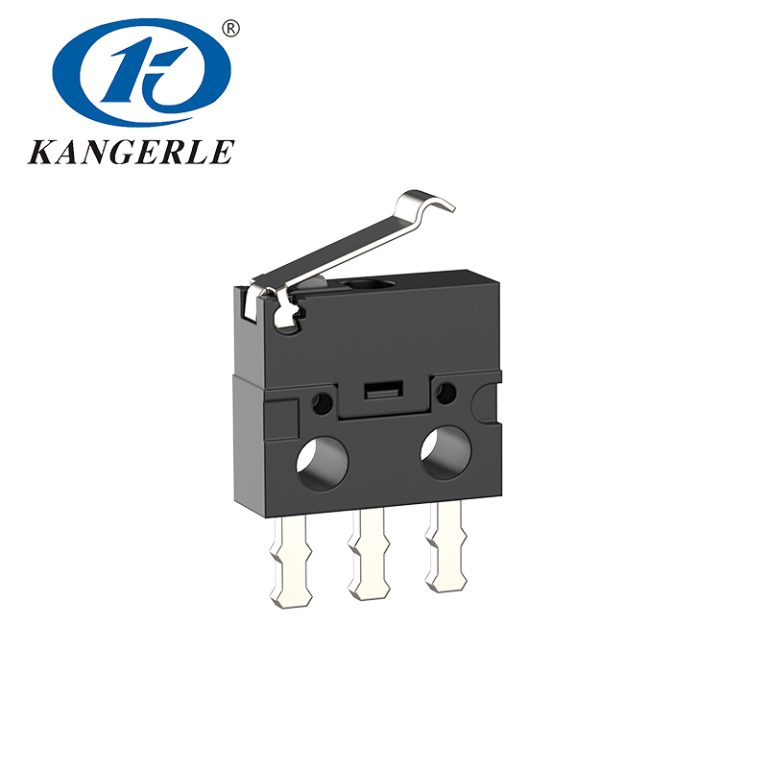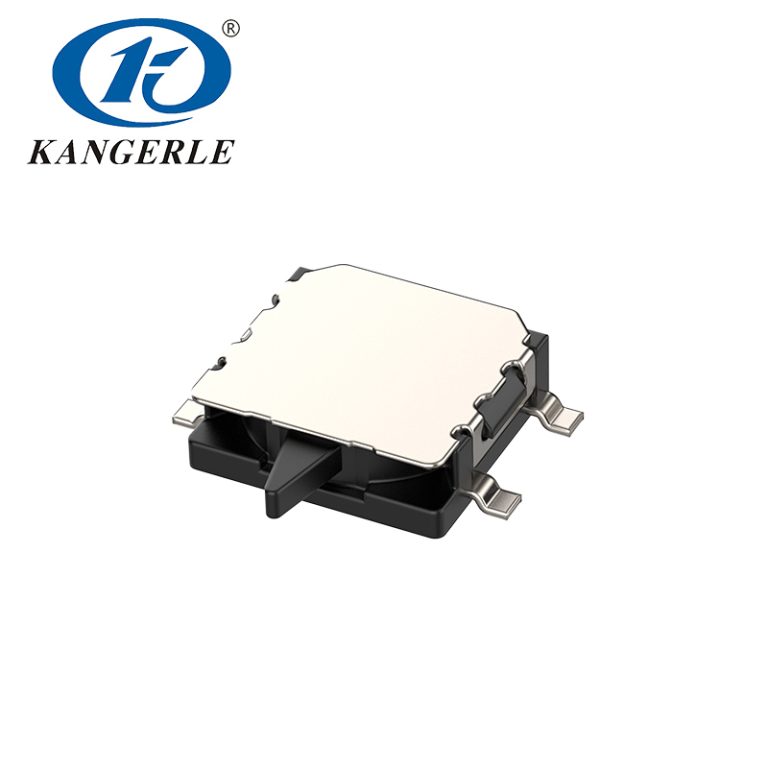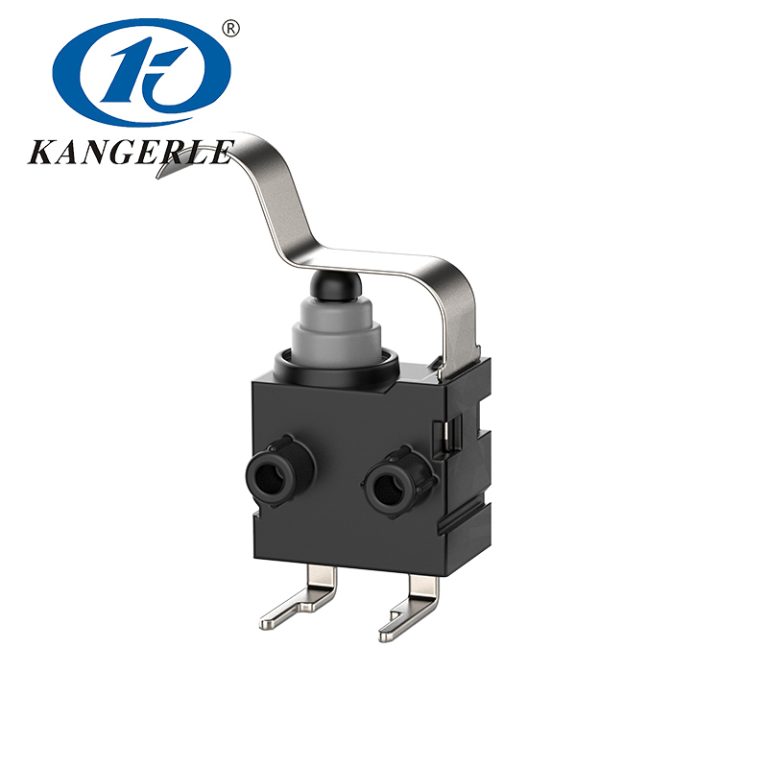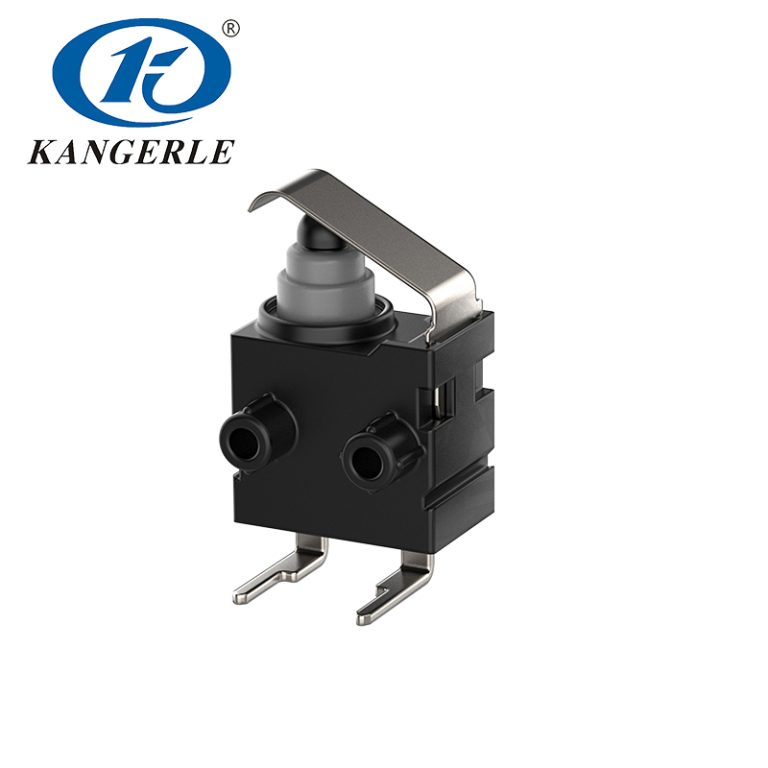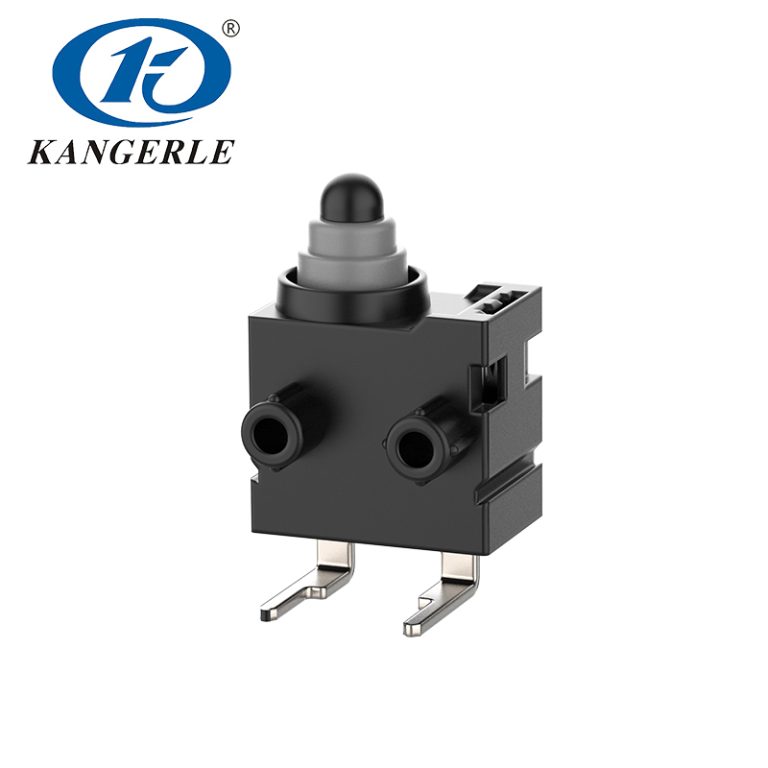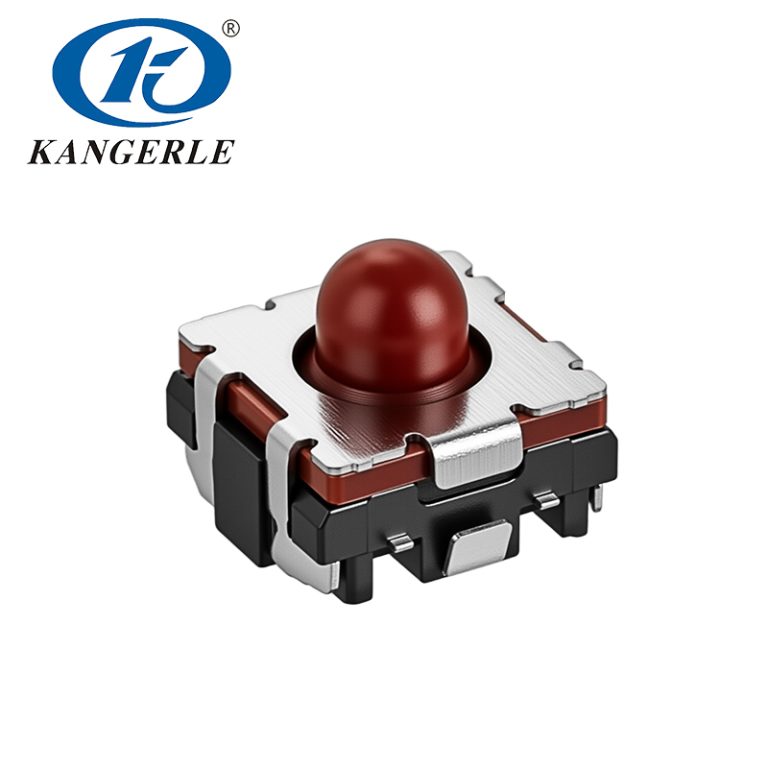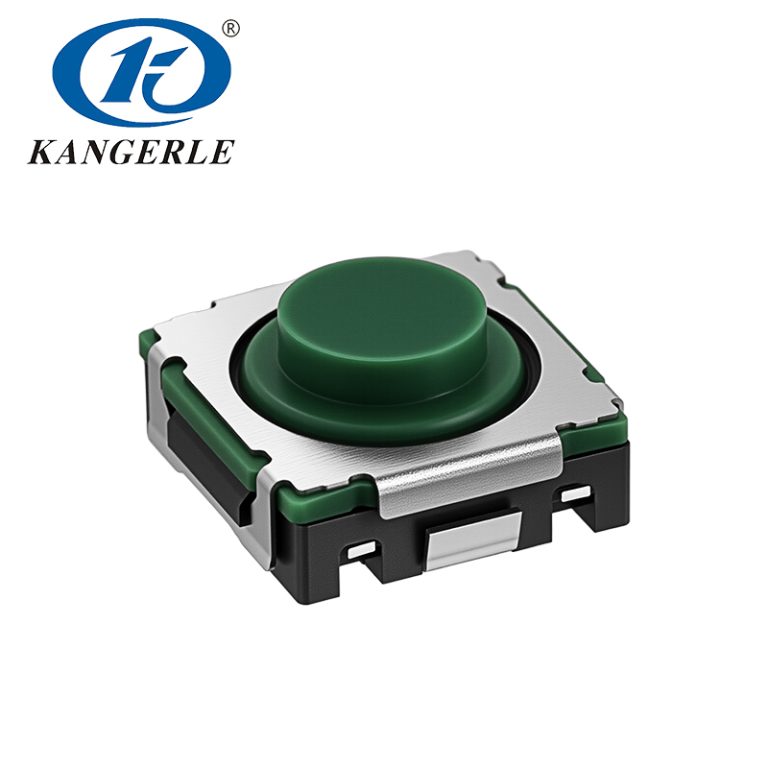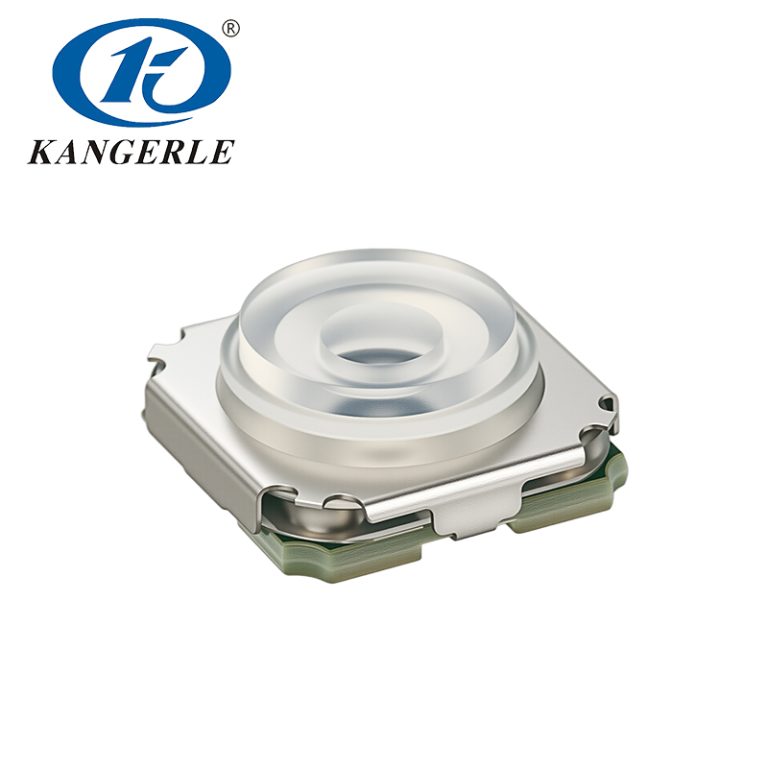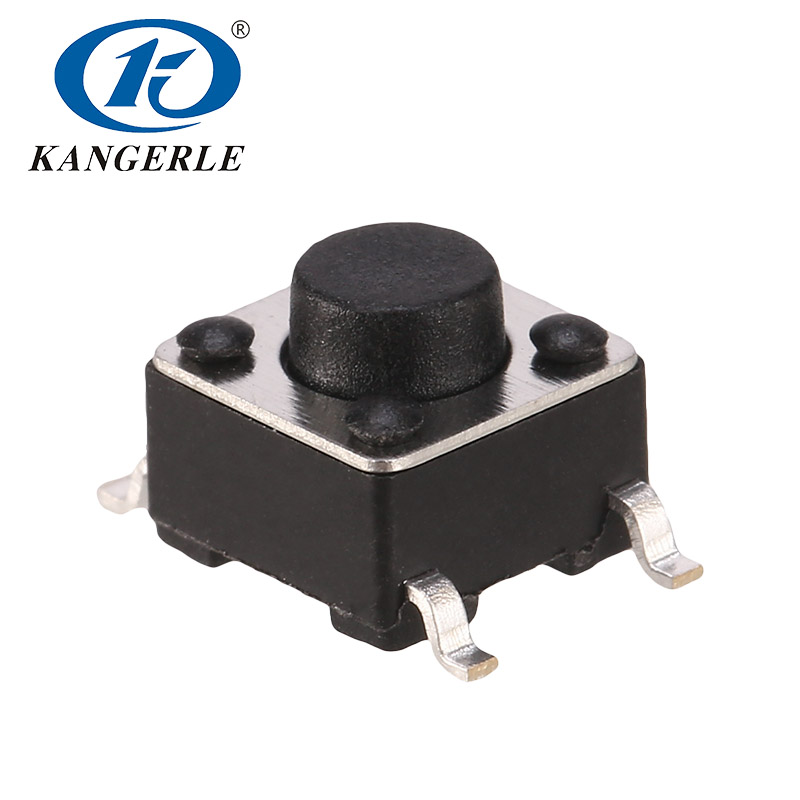The Evolution of Smartphone Buttons
The Shift from Physical to Digital
In the early days of mobile technology, smartphones prominently featured physical buttons, with keyboards and keypads defining the user interface. As technology advanced, there was a significant shift from physical to digital controls. This transformation was driven by the need for more screen space and better user interface fluidity. Touchscreens became the norm, replacing most physical buttons with digital touch-sensitive controls. However, despite the numerous advantages of digital interfaces, the complete lack of tactile feedback presented a challenge, making it difficult for users to interact intuitively with their devices. This led to renewed interest in tactile feedback technologies, aiming to blend the best of both worlds.
The Revival of Tactile Feedback
The resurgence of interest in tactile feedback signals a return to more interactive and user-friendly smartphone experiences. Tactile buttons have re-emerged as a crucial element in modern smartphones, offering physical sensations that digital touchscreens inherently lack. These buttons provide haptic feedback that mimics the feel of pressing a physical button, thus enabling a more satisfying and precise user experience. The comeback of tactile feedback addresses user concerns regarding the authenticity of interactions and adds a layer of assurance and reliability.
Advantages of Tactile Buttons in Smartphones
Enhanced User Experience
Tactile buttons substantially enhance the user experience by providing immediate physical feedback upon interaction. This feedback can make smartphone use more engaging and intuitive, reducing errors in input and creating a more satisfying interaction overall. The sensory confirmation that comes with tactile buttons helps users feel more connected to their devices, improving the overall usability and enjoyment of the smartphone.
Increased Accessibility
Incorporating tactile buttons into smartphones significantly increases their accessibility, particularly for visually impaired users. These buttons provide a tangible reference point that helps users navigate their devices more effectively without relying solely on visual cues. The tactile feedback ensures that commands and inputs are correctly registered, offering a more inclusive experience for all users, regardless of their physical limitations or disabilities.
Improved Accuracy in Input
Another major advantage of tactile buttons is the increased accuracy they offer in input. Unlike smooth, featureless touchscreens, tactile buttons have a distinct physical form that reduces the likelihood of unintentional presses. This precision is especially valuable in situations requiring exact input, such as during gaming or when typing messages. The heightened accuracy not only enhances the user experience but also makes devices more efficient and responsive.
Engineering Behind Tactile Buttons
Technology and Design Principles
The integration of tactile buttons in modern smartphones involves sophisticated technology and intricate design principles. These buttons often employ advanced materials and micro-engineering techniques to provide reliable and responsive tactile feedback. The underlying technology may include piezoelectric elements, which convert electrical signals into mechanical movements, or micro-structures that simulate the physical sensation of pressing a button. The design aims to balance aesthetics with functionality, ensuring that tactile buttons blend seamlessly with the overall device design while enhancing usability.
Integration with Smartphone Hardware and Software
Effective integration of tactile buttons with smartphone hardware and software is key to their successful implementation. The hardware integration involves embedding the tactile components into the device’s framework without compromising structural integrity or aesthetic appeal. On the software side, precise haptic feedback algorithms and control systems are developed to ensure that the tactile response is consistent and synchronized with user actions. This synergy between hardware and software is crucial for delivering a coherent and satisfying user experience, making tactile buttons an effective addition to modern smartphones.
Use Cases of Tactile Buttons in Modern Devices
Gaming
Gaming represents one of the primary applications where tactile buttons can significantly enhance user experience. The tactile feedback provides gamers with precise control and immediate response, which is critical for performance in fast-paced or precision-requiring games. Physical buttons eliminate the ambiguity of touch controls, offering a more immersive and responsive gaming environment. As a result, many gaming-focused smartphones and accessories are now incorporating tactile buttons to meet the demands of serious gamers.
Accessibility Features for Differently-Abled Users
For users with disabilities, tactile buttons offer an additional layer of accessibility that digital touchscreens can lack. These buttons can be customized to provide specific haptic feedback tailored to individual needs, aiding those with visual impairments or motor skill challenges. Devices can be equipped with programmable tactile buttons that offer different levels of resistance and feedback, enabling users to interact with their smartphones more effectively. This customization makes smartphones more inclusive and adaptable, enhancing the quality of life for differently-abled users.
Tailored Customizations for Various Needs
Tailored customizations create personalized experiences by allowing tactile buttons to be configured according to user preferences and needs. For instance, users can adjust the sensitivity, feedback strength, and response timing of tactile buttons to suit specific applications or ease of use. This level of customization ensures that each user can achieve an optimal balance of functionality and comfort, regardless of their unique requirements. These thoughtful customizations highlight the potential of tactile buttons to provide universal accessibility while maintaining a personalized touch.
Everyday Applications and Functions
In everyday smartphone usage, tactile buttons can enhance routine functions such as taking photos, typing, and navigating applications. The physical feedback helps prevent accidental presses, ensuring that the desired actions are executed with greater precision and confidence. Tactile buttons can also be used to provide shortcuts to frequently used functions, making smartphone navigation more intuitive and efficient. This practical application of tactile buttons makes them a valuable addition to everyday smartphone use, blending convenience with enhanced interactivity.
Market Trends and User Preferences

Consumer Demand for Tactile Feedback
Consumer demand for tactile feedback in smartphones is on the rise, driven by users seeking more tangible and interactive experiences. Surveys and market research indicate that many users miss the physical interaction that tactile buttons provide, leading manufacturers to reintroduce these features in modern designs. The tactile sensation improves user satisfaction, translating into higher product ratings and increased brand loyalty. This growing demand underscores the value that users place on tactile interaction, influencing future smartphone designs.
Emerging Trends and Innovations
Emerging trends in tactile technology are paving the way for innovative applications in smartphones. Research and development are focusing on creating more sophisticated tactile feedback systems that can simulate various textures, pressures, and movements. Innovations such as multi-sensory feedback and adaptive responses are being explored, offering users an even more immersive experience. These advancements are anticipated to set new standards in tactile interaction, making future smartphones more engaging and user-centric.
KANGERLE ELECTRONICS, which is a leading manufacturer and supplier of electronic components, boasts a wide range of tactile buttons, also known as tact switches. These tact switches are push-button switches that allow a small current to pass through and provide distinct tactile feedback when pressed. KANGERLE’s tact switches are known for their unique techniques in terms of dustproof, waterproof, and anti-silver migration, making them highly regarded in the industry. They offer various series of tact switches, including 2×4, 3×4, 3×5, 3×6, 4.5×4.5, 5×5, 6×6, 8×8, and 12×12, which come in normal, waterproof, and illuminated types.
KANGERLE ELECTRONICS’ tact switches are used in a wide range of applications, including home appliances, communication devices, audiovisual products, remote controls, security products, toys, fitness equipment, medical instruments, electronic devices, and other fields. They offer multiple switch structures and various types of pin terminals for selection, catering to the diverse needs of their customers. They proudly presents the the LED tact switch 6x6x7.2 series, a versatile range of illuminated tactile switches that combine tactile feedback and visual indication, perfect for a wide range of applications in home appliances, communication devices, audiovisual products, and more. Additionally, their LED tact switch 12x12x10D-R combines the functionality of a tactile switch with a built-in LED, providing both tactile feedback and visual indication, making it a versatile choice for various electronic devices. With over 20 years of experience in manufacturing switches, KANGERLE Electronics ensures the stability and reliability of their tact switches, with a total monthly production reaching more than 50 million pieces. Their commitment to quality and customer service has earned them widespread praise and recognition.
Future Prospects of Tactile Buttons in Smartphones
Potential Developments and Innovations
The future of tactile buttons in smartphones holds exciting potential for developments and innovations. Researchers are exploring new materials and technologies to create even more refined and responsive tactile feedback systems. Future tactile buttons could feature enhanced tactile sensations that mimic real-world textures and movements, offering users an unparalleled interactive experience. These advancements are expected to make smartphones more intuitive and enjoyable to use, setting new benchmarks in mobile technology.
Integration with New Technologies
Integration with emerging technologies such as augmented reality (AR) and virtual reality (VR) can expand the applications of tactile buttons. Tactile feedback could enhance AR and VR experiences by providing physical sensations that complement visual and auditory stimuli. This integration could lead to more immersive and interactive applications in gaming, education, and professional training, opening new possibilities for tactile interactions. The synergy between tactile buttons and new technologies promises to revolutionize the way users interact with their devices.
Scope for Enhanced Interactivity
The scope for enhanced interactivity with tactile buttons extends beyond current applications, offering potential for innovative user experiences. Future smartphones could incorporate advanced haptic feedback that adapts to user behavior and preferences, creating more personalized and engaging interactions. This adaptability could lead to smarter devices that respond to user needs in real-time, making technology more intuitive and aligned with human touch. The continuous evolution of tactile buttons holds the promise of transforming the landscape of mobile interaction, making it richer and more human-centric.
In conclusion, the re-emergence of tactile buttons in modern smartphones represents a significant advancement in enhancing user interaction. From gaming and accessibility to everyday functions, tactile buttons provide tangible benefits that enrich the user experience. As technology continues to evolve, the future holds exciting possibilities for tactile feedback, promising to make smartphones even more interactive and user-friendly.

